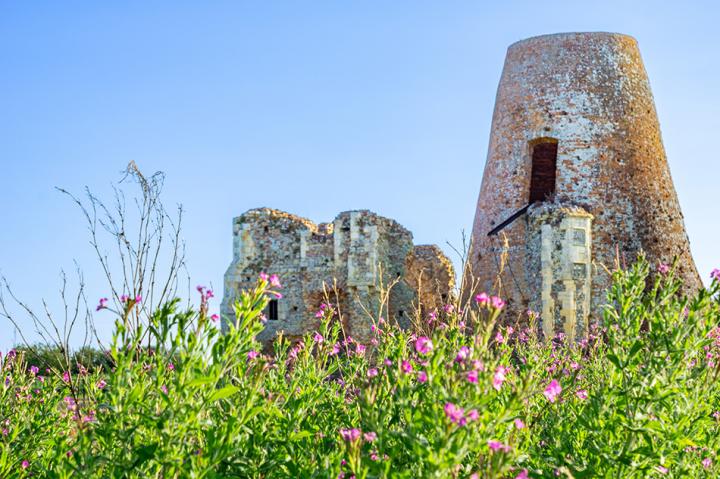Responsibilities of owning land with an ancient scheduled monument

Owning land that contains an ancient scheduled monument can be both a privilege and a significant responsibility. Ancient scheduled monuments are nationally important archaeological sites or historic buildings that are legally protected under the Ancient Monuments and Archaeological Areas Act 1979. This protection is designed to ensure that places of historical and cultural importance are preserved for present and future generations.
If you are the owner or occupier of such land, it is vital to understand the restrictions and duties that come with it.
In this article, David Towns, partner and head of our agriculture, estates and rural property team, discusses the legal responsibilities of owning land with an ancient scheduled monument.
Restrictions on activities
The most important restriction is that you cannot carry out works that would affect the monument without prior consent. This includes not only obvious interventions, such as building, excavating, or demolishing, but also less obvious activities such as:
- Altering, repairing, or adding to any part of the monument.
- Agricultural activities like ploughing, deep cultivation, drainage, or tree planting.
- Metal detecting, which is prohibited without a specific licence.
- Erecting fences, walls, or other structures within or around the protected area.
- Quarrying, tipping, or groundworks that could disturb archaeological deposits.
To undertake any of the above, you must apply for Scheduled Monument Consent (SMC) from the relevant national heritage body (in England, this is Historic England on behalf of the Secretary of State). Carrying out unauthorised works is a criminal offence, which can lead to prosecution and substantial fines.
Maintenance and liabilities
Unlike listed buildings, where owners may be under a duty to keep the structure in repair, the law does not impose a direct obligation on owners to maintain scheduled monuments in a particular state. However, you must not allow deliberate damage or neglect. If the monument is at risk from poor management, heritage authorities may intervene with enforcement measures.
In many cases, owners can access grant funding or management agreements through schemes such as Historic England's Monument Management Scheme, or equivalent programmes in Scotland, Wales, and Northern Ireland. These can provide financial and professional support for conservation work, fencing, vegetation clearance, and other protective measures.
Owners are also expected to cooperate with periodic inspections and to inform heritage authorities if the site is damaged, threatened, or deteriorating. For example, erosion from livestock or visitor activity should be reported and addressed.
Liability considerations
While the law does not require you to restore or “improve” the monument, you may be liable for damage caused by your actions (or those of your tenants, contractors, or visitors). This includes unauthorised works or activities that harm the monument. Insurance policies should be checked carefully, as cover for archaeological or heritage risks may be limited.
Landowners should also be aware that scheduled monuments often attract public interest. Although ownership does not automatically create a public right of access, you may face requests from researchers, local historians, or heritage groups. Facilitating controlled access can help foster good relations and may attract additional funding support.
Safeguarding cultural heritage
Owning land with a scheduled monument brings with it a duty of stewardship. While the restrictions may limit certain agricultural, building, or development activities, they are designed to protect irreplaceable cultural heritage.
By working with heritage authorities, applying for consent where needed, and managing the site responsibly, owners can ensure that their monument remains safeguarded while avoiding the risk of legal or financial penalties.
For more information, contact David Towns at [email protected] or call 01768 347 084.
